
The Ultimate Guide to Choosing the Right Pain Relief Patch for You
Release time:2023-09-21 Click:129
Introduction:
Pain relief patches have become increasingly popular as a convenient and effective way to manage various types of pain. Whether you're dealing with muscle soreness, joint pain, or even chronic conditions, finding the right pain relief patch can make a significant difference in your comfort and quality of life. In this ultimate guide, we will explore the different types of pain relief patches available, their ingredients, application methods, and factors to consider when choosing the perfect patch for your specific needs.
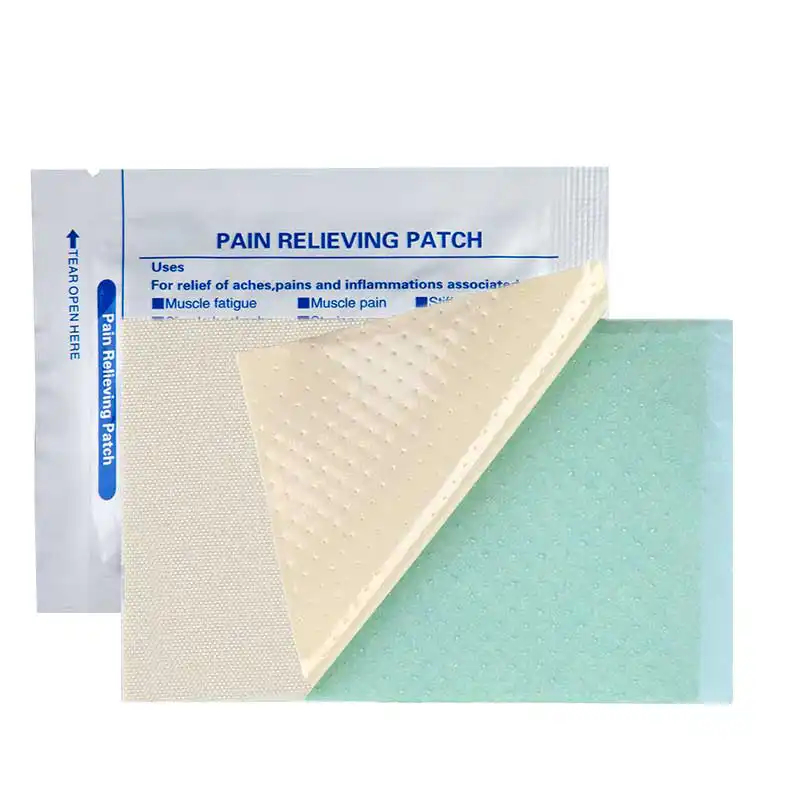
Understanding Pain Relief Patches:
Pain relief patches are transdermal patches that deliver medication through the skin directly to the affected area. These patches offer a localized approach to pain management, bypassing the digestive system and delivering the medication directly to the source of discomfort. They are available in various forms, including adhesive patches, gel patches, and heat patches, each designed to target different types of pain.
Types of Pain Relief Patches:
1. Adhesive Patches:
Adhesive patches are the most common type of pain relief patches. They are easy to apply and provide a continuous release of medication over a specific period. These patches contain active ingredients like lidocaine, menthol, or capsaicin, which work by numbing the nerves or reducing inflammation. Adhesive patches are suitable for muscle aches, joint pain, and minor injuries.
2. Gel Patches:
Gel patches consist of a gel-like substance infused with pain-relieving ingredients. They offer a cooling sensation upon application, providing immediate relief to the affected area. Gel patches are ideal for acute injuries, sprains, or strains. They are easy to apply and remove, making them a convenient option for on-the-go pain relief.
3. Heat Patches:
Heat patches utilize heat therapy to alleviate pain. They contain iron powder, activated charcoal, and other ingredients that generate heat when exposed to air. Heat patches increase blood flow to the affected area, promoting relaxation and reducing muscle tension. They are commonly used for back pain, menstrual cramps, and arthritis.
Factors to Consider when Choosing a Pain Relief Patch:
1. Type of Pain:
Consider the type of pain you are experiencing. Different patches are designed to target specific types of pain, so choose one that aligns with your needs.
2. Ingredients:
Check the ingredients list and ensure you are not allergic to any of them. If you have sensitive skin, opt for patches with natural ingredients or those specifically formulated for sensitive skin.
3. Duration of Relief:
Some patches provide relief for a few hours, while others may last up to 24 hours. Consider your daily routine and choose a patch that suits your needs.
4. Application and Removal:
Evaluate the ease of application and removal. Adhesive patches are typically easy to apply and remove, while gel patches may require washing off. Heat patches adhere directly to the skin and may leave residue, so ensure you are comfortable with the removal process.
Conclusion:
Choosing the right pain relief patch can greatly enhance your pain management experience. Consider the type of pain you are experiencing, the ingredients used, the duration of relief, and the application and removal process. By understanding these factors, you can make an informed decision and find the perfect pain relief patch that suits your specific needs.
Hot products
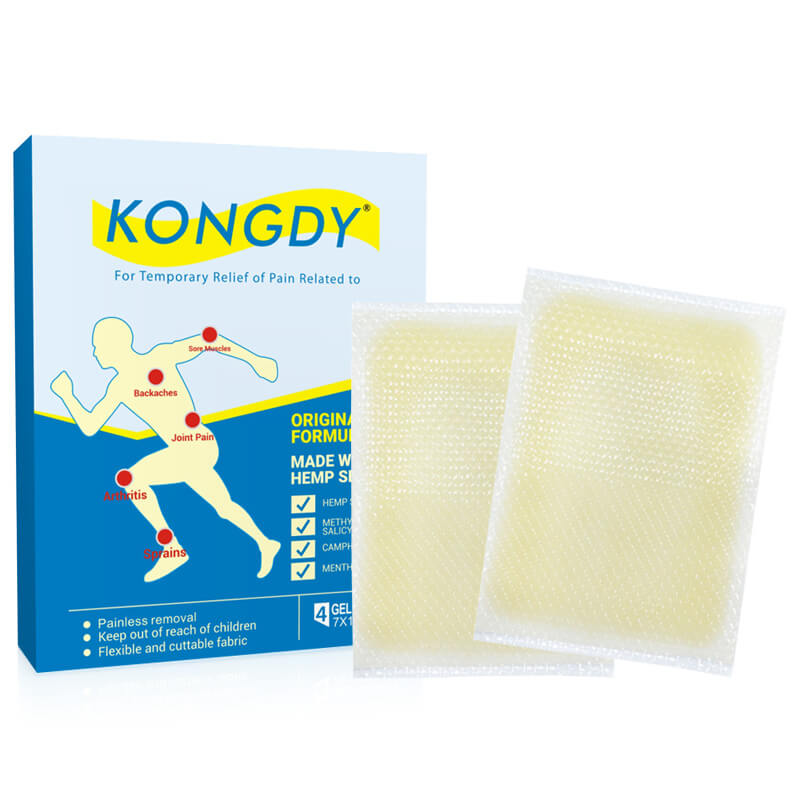
CBD Pain Relief Patch
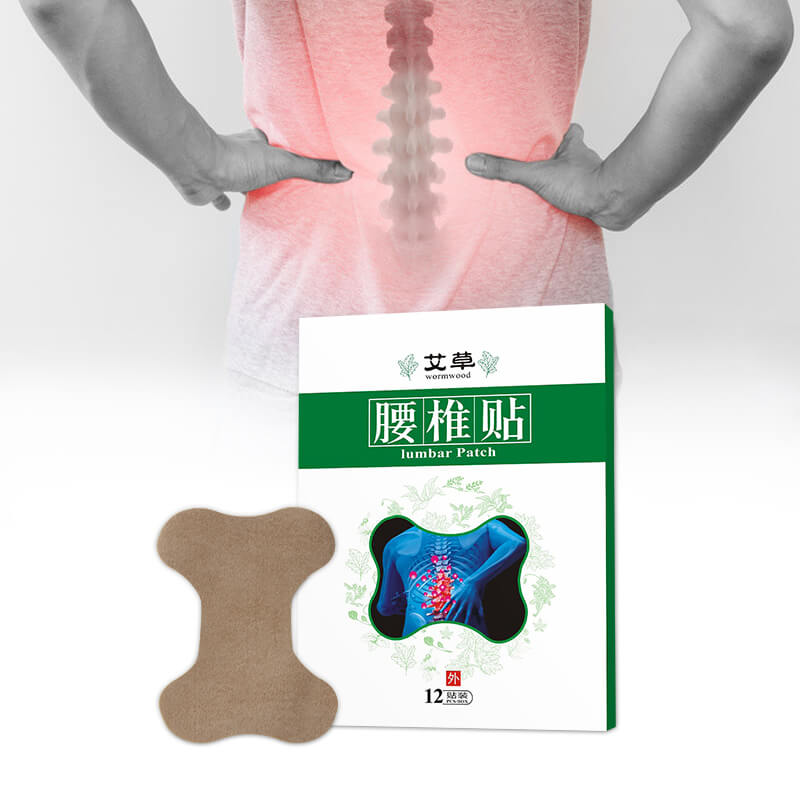
Lumbar Plaster Pain Relief Patch
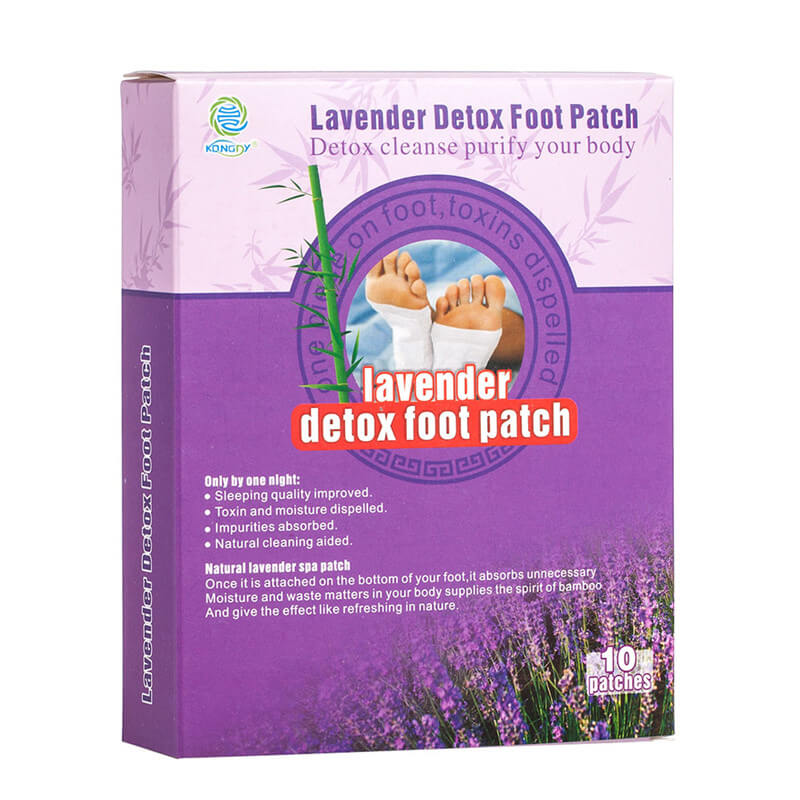
Lavender Detox Foot Patch
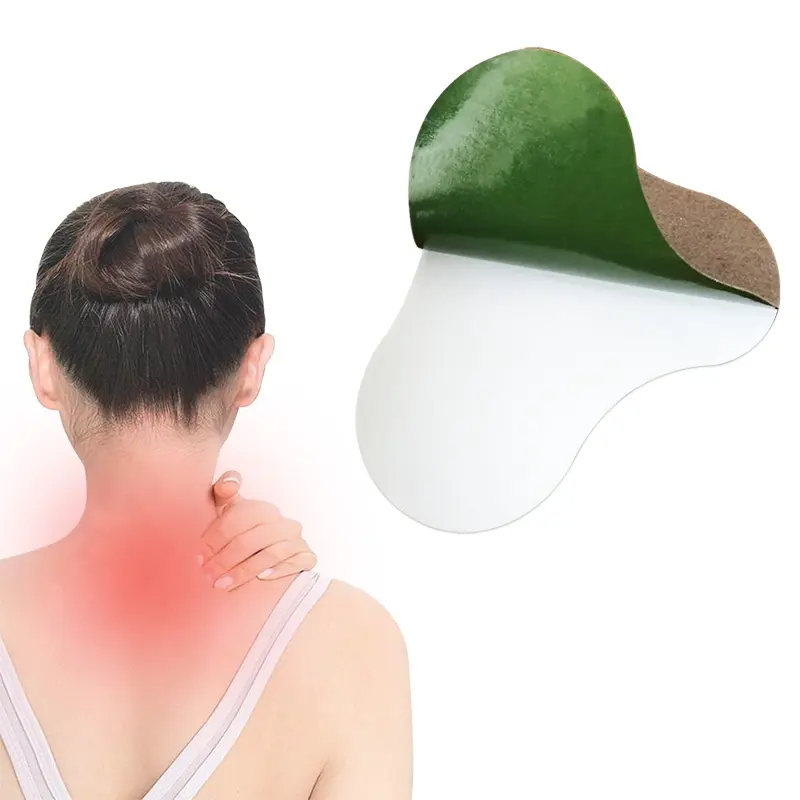
Cervical Vertebra Pain Relief Patch
Tel:0086-18939260319
E-mail:kongdycn201810@gmail.com
